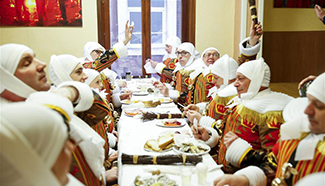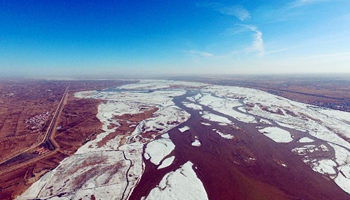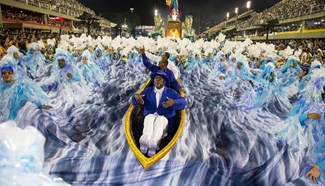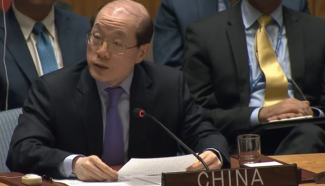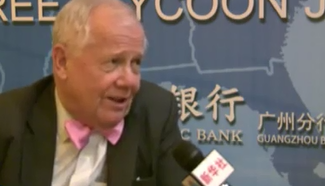TEGUCIGALPA, Feb. 28 (Xinhua) -- Honduras is best known to travellers for its ancient Mayan ruins and colorful coastal reefs, and now Coffee Route has become a new tourist attraction.
The Central America's top coffee exporter, the third leading coffee exporter in Latin America and the sixth biggest exporter worldwide, Honduras has recently decided to turn its No. 1 export product into a tourism attraction.
Launched in November 2015, the Coffee Route takes tourists to 15 coffee plantations in six coffee-growing regions -- Copan, Opalaca, Montecillos, Comayagua, Agalta and El Paraiso -- covering most of the country from east to west.
A joint initiative between the Honduras Tourism Institute (IHT) and the Honduras Coffee Institute (IHCafe), the route features verdant landscapes and historical hilltop haciendas, as well as premium mountain-grown coffee.
Honduras has been growing coffee for nearly two centuries, so the industry is steeped in history.
The route is also educational, offering travellers an opportunity to learn about the process, from picking coffee seeds to the best way to brew a cup of fresh beverage
Travellers can also educate their palates through taste tests of the regional coffee grains and roasting methods, which provide brews that range from citrus to caramel flavored.
"We are promoting an experience around the realm of coffee," says IHCafe spokesman Carlos Lara.
"The Coffee Route has been devised to begin in Copan (on the west coast) and end in (east central) El Paraiso, but tourists can decide where to begin," said Lara.
Activities along the route also include hiking, climbing, mountain biking, bird watching and even lending a hand on local farms, to milk cows or feed livestock.
One of the plantations, Hacienda Montecristo, is located just 20 minutes' walk from the archaeological site of Copan, making it an ideal base from which to explore the famed ruins.
In the town of Santa Rosa de Copan, tourists can try a traditional coffee liqueur called "Timoshenko," which is made of local firewater and named after Soviet military commander Semyon Timoshenko (1895-1970), who led the Soviet Red Army against the German invasion in 1941.
The Timoshenko was reportedly invented by a woman called Micaela Pena in 1942, according to Juan Carlos Enamorado, of the National Tourism Chamber of Honduras in Santa Rosa de Copan.
"She grabbed the firewater that was sold by the government in those days and first combined it with fruit and later with just coffee," said Enamorado.

